កក្កដា . 28, 2025 10:01 Back to list
Top Submersible Well Pump Manufacturer – Reliable & Efficient Solutions
In the fast-evolving landscape of water solutions, the segment led by submersible well pump manufacturer is foundational for industrial and municipal sectors worldwide. With leading players centered in China, the USA, and Europe, the manufacture of submersible water pumps, sewage pumps, and spares underpins modern resource extraction and safe water delivery. According to Grand View Research, the global submersible pump market size reached USD 12.1 billion in 2023 and is projected to exceed 7% CAGR through 2030.
These pumps—comprised of precision-cast stainless steel, duplex, CI, and bronze parts—are uniquely designed for on-demand water extraction, wastewater removal, and industrial process recycling. Key categories include:
- Submersible Well Pump Manufacturer (deep/efficient groundwater extraction)
- Submersible Water Pump Manufacturer (clean water transfer)
- Submersible Sewage Pump Manufacturer (wastewater handling)
- Submersible Pump Spares Manufacturer (rotors, seals, impellers)
- Submersible Pump Shaft Manufacturer (high-precision structural integrity)
- Centrifugal Submersible Pump Manufacturer (energy-saving process flows)
- Electrical Submersible Pump Manufacturer (integrated with motor & controls)
Let's explore how these high-precision pumps are transforming water management for energy, mining, chemical, municipal, oil & gas, and metallurgy industries.
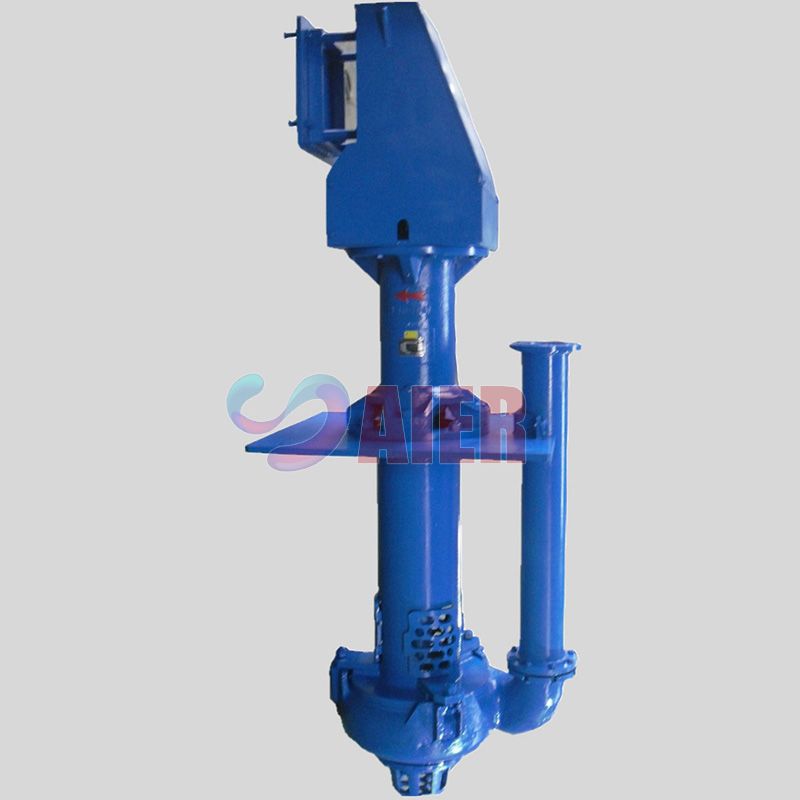
The WY Sump Pump from a leading submersible well pump manufacturer is engineered for elevated reliability in harsh environments. It is widely used for drainage, water supply, and sewage systems in mining, power plants, and petrochemicals. Key technical features:
- Material: High-grade SS304/316 stainless steel, cast iron, nickel-chromium alloy
- Max Flow: 50–400 m³/h
- Head: 10–80 m
- Power: 7.5–220 kW
- Seal: Dual mechanical seal, NBR/Viton elastomer
- Standard: ISO 9906, CE, ANSI
- Life Cycle: 30,000+ operational hours
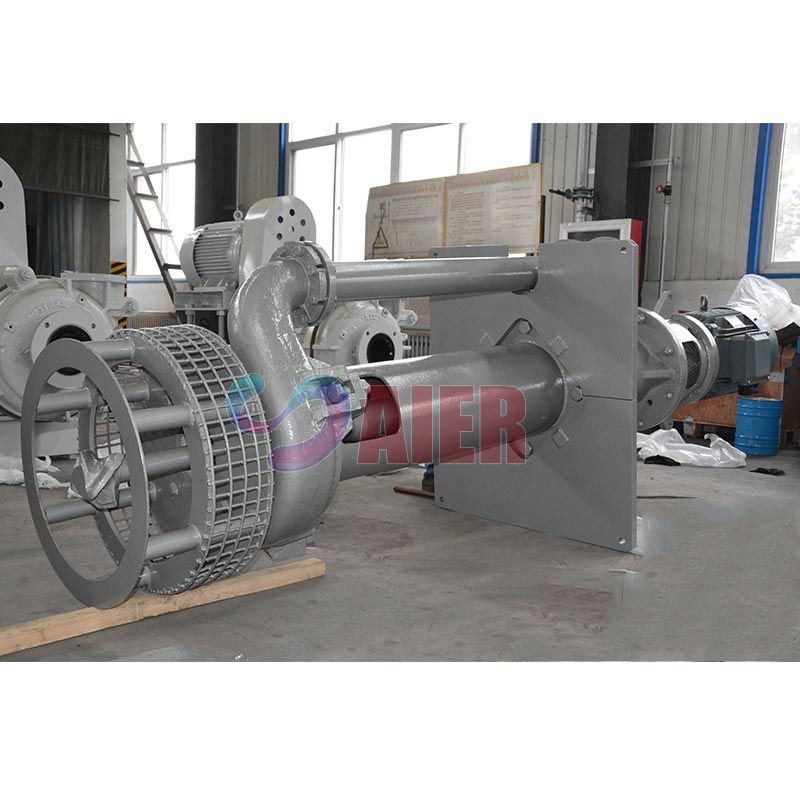
| Manufacturer | Max Flow (m³/h) | Head (m) | Materials | Certifications | Regions |
|---|---|---|---|---|---|
| WY Sump Pumps (AIER) | 400 | 80 | SS304/316, CI, Alloy | ISO, CE, ANSI | Global (China, EU, ME) |
| Grundfos | 500 | 150 | SS, Bronze | ISO, SGS | EU, NA, Asia |
| Franklin Electric | 250 | 70 | SS, Composite | UL, ISO | USA, Global |
| KSB | 350 | 120 | SS, CI | ISO, ATEX | DE, Worldwide |
| Pentair | 190 | 50 | SS, Iron | CE, ISO | USA, EU |

The manufacturing process for modern submersible well pump manufacturer products integrates advanced metallurgical engineering, CNC finishing, conforming to ISO 9906, ANSI, and other international norms. Below is a simplified flow diagram of the process:
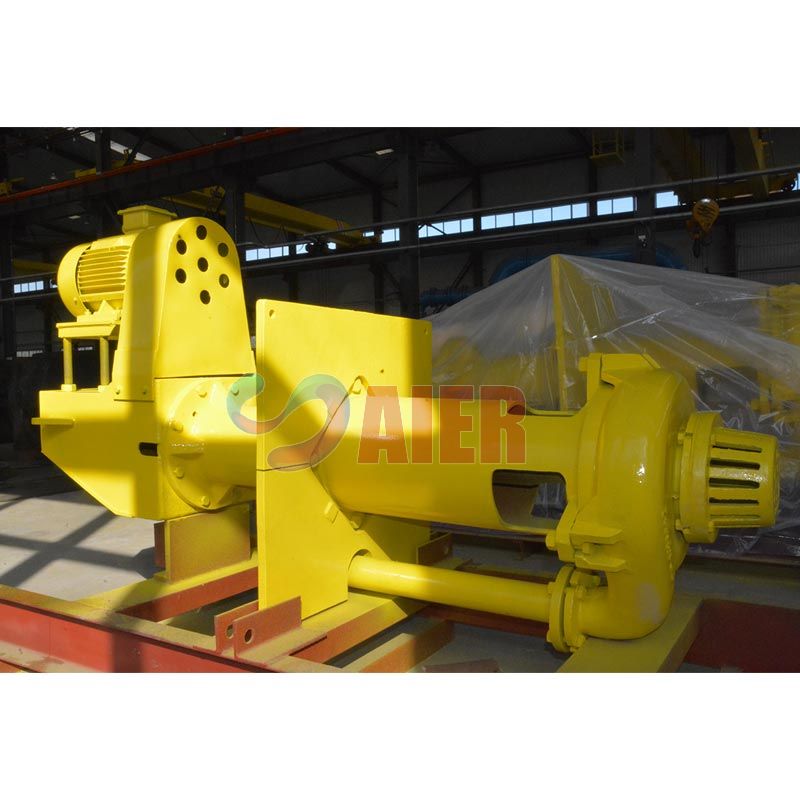
- Raw Material Selection: SS304/316 bars, high-chrome irons, or composite alloys sourced and batch-inspected.
- Precision Casting & Forging: Pump casing, impeller, and shaft are shaped for optimal strength and flow efficiency.
- CNC Machining: All major parts (impeller, shaft, brackets) finished to micron-level tolerances, critical for shaft-dynamic submersible pump shaft manufacturer requirements.
- Sub-Assembly & Quality Control: Bearing, mechanical seals, and electrical sub-assemblies fitted and tested for leak-proofing; spares labeled for traceability.
- Final Assembly & Balancing: Rotating elements balanced (vibration class ≤ G2.5), casings treated for corrosion protection.
- Hydraulic & Electrical Testing: Performance runs at full load, up to 1000 cycles, data recorded as per ISO 9906.
- Surface Finishing & Coating: Protective finishes (epoxy, powder coating, or passivation for SS) applied.
- Packing & Shipping: Final goods packed per customer/industry specifications (export grade).

- Materials: SS304/316 for corrosion bound applications; Cast iron for cost-effective clean water duties; NiCr alloys for aggressive wastewater.
- Testing: All units certified to ISO 9906 Grade 2/3, random ANSI C114-13 test for shaft straightness/durability.
- Lifespan: >30,000 cycles (standard), with custom models reaching 50,000+ hours.
- Applicable industries: Oil & Gas, Mining, Petrochemicals, Metallurgy, Water Treatment, Agriculture, Municipal Infrastructure.
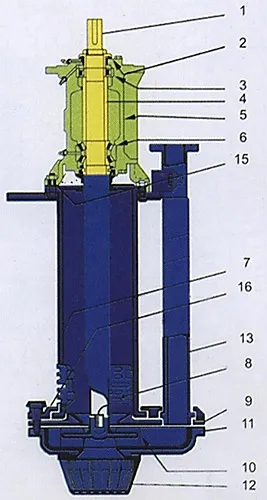
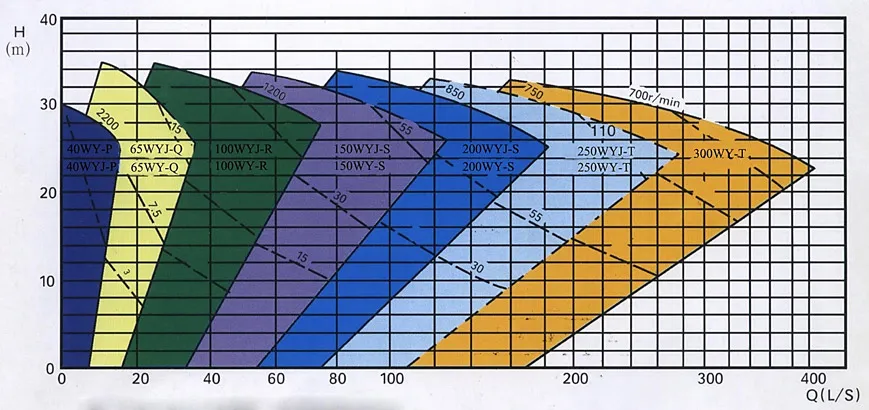
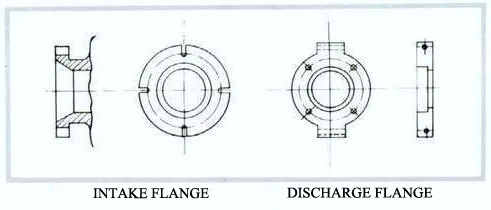
The submersible well pump manufacturer supplies the WY Sump Pump for Chinese mining groups to efficiently lower groundwater levels up to 300m. Thanks to full SS304/316 construction and dual seal design, maintenance intervals exceed 20 months—minimizing labor costs.
In metropolitan WWTP retrofits, the reliable submersible sewage pump manufacturer solution diverts effluents, meeting EN12050-1 discharge standards. Automated NEMA control integration increases operator safety and energy efficiency, delivering ~12% operational cost saving annually.
Major oilfield operators employ these centrifugal submersible pump manufacturer offerings for offshore fluid separation, taking advantage of high corrosion resistance and modular electric drive for 24/7 operation.
High-chrome alloy models successfully convey abrasive slurry in steel mills, with 40% longer life compared to conventional cast iron impeller models (per equipment logs 2021-2023).

- Energy Efficiency: Modern models cut power consumption by up to 19% versus 2015 benchmarks.
- Corrosion Resistance: 1000+ hour neutral salt spray (per ASTM B117, 2022 test data).
- Service Life: Documented field units running 36,000+ hours (industrial water authority data).
- Customization: Tailored configurations for pH, abrasiveness, ATEX zones, or deep-set installations.

| Model | Max Flow (m³/h) | Head (m) | Material | Seal Type | Service Life (h) | Certifications |
|---|---|---|---|---|---|---|
| WY Sump Pump | 400 | 80 | SS304/316 Alloy | Dual Mechanical (Viton/NBR) | 30,000–50,000 | ISO 9906, CE, ANSI |
| Grundfos SP | 500 | 150 | SS | Single Mechanical | 25,000–40,000 | ISO 9906, CE |
| KSB UPA | 350 | 120 | SS/CI | Double Mechanical | 22,000 | ISO, ATEX |
| Pentair Fairbanks | 190 | 50 | SS/Iron | O-ring Seal | 18,000 | CE, ISO |
As evident, the WY Sump Pump from a reputable submersible well pump manufacturer leads in technical versatility and material quality while offering full compliance with international safety and performance standards.
- Custom Engineering: Solutions adapted for voltage (220V–1000V), frequency (50/60Hz), or process fluid characteristics (temp, pH, viscosity).
- Lead Times: Standard pumps in 10–20 working days; custom units 25–40 days (FOB China/EU warehouse).
- Warranty: 24–36 months (parts & labor, upon installation & verified commissioning by certified technician).
- Certifications: All units fully tested to ISO 9906, CE, and ANSI, with test reports available upon request.
- After-Sales: 24/7 technical hotline, on-site startup, spare kits logistics in 48 hours (Asia/EU/NA).
- Corporate Partnerships: Servicing 1000+ global installations for Sinopec, Anglo American, Hyderabad Water, Lafarge, CNNC, and others.
-
Q1: What is the optimal material for submersible well pump shaft manufacturing?
SS304/316 or duplex stainless steel is ideal for shaft components, offering a blend of corrosion resistance and tensile strength, critical in aggressive media or deep-set installations.
-
Q2: What certifications should a reputable submersible water pump manufacturer provide?
Key certifications include ISO 9906 (hydraulic testing), ANSI, CE/ATEX (for explosive zones), and NEMA motor standards, ensuring product reliability and global acceptance.
-
Q3: How does CNC machining impact the quality of submersible pump parts?
CNC machining ensures dimensional accuracy, impeller/shaft concentricity, and optimal hydraulic passage smoothness, directly influencing pump efficiency and lifespan.
-
Q4: What are the standard sealing solutions for sewage and slurry applications?
Dual mechanical seals in NBR, Viton, or SiC–SiC combos, with pressurized oil chambers to prevent contamination and extend service intervals.
-
Q5: What installation standards are commonly referenced?
Most project deployments follow API 610, EN12050-1 (wastewater), and JIS B8312 for tolerances; electrical interfaces meet NEMA or IEC specs.
-
Q6: Are spare parts like impellers and seals globally interchangeable?
Leading submersible pump spares manufacturer brands supply modular, ISO-compatible components, allowing standardization across most major OEMs.
-
Q7: How is quality assured through the manufacturing chain?
100% stage inspection using CMMs, NDT for welds, pressure/vibration testing, and serial number traceability—conforming to ISO, ANSI, and local regulatory bodies.
Choosing the right submersible well pump manufacturer can transform water management, infrastructure reliability, and O&M lifecycle costs. The WY Sump Pump, with industry-leading materials, manufacturing precision, and international certifications, brings real, documented advantages across mining, waterworks, and energy sectors.
For more detailed sector analyses, manufacturing standards, and user discussions, consult:
Pumps & Systems Forum: Submersible Pumps,
SAGE Journals: Pump Industry Publications,
Grand View Research,
WaterWorld: Submersible Pump Trends
- Pump Industry Professionals Forum, 2024
This is the last article
-
Top Submersible Well Pump Manufacturer – Reliable & Efficient Solutions
NewsJul.28,2025
-
Wholesale Slurry Pump Rubber Impeller for Mining & Industry
NewsJul.27,2025
-
Reliable Submersible Well Pump Manufacturer – Quality & Durability
NewsJul.26,2025
-
Submersible Pump Shaft Manufacturer - High Quality Vertical and Ceramic Slurry Pumps
NewsJul.25,2025
-
Top Submersible Well Pump Manufacturer - Reliable & Durable Solutions
NewsJul.24,2025
-
Leading Submersible Well Pump Manufacturer – Reliable & Durable Pumps
NewsJul.23,2025
